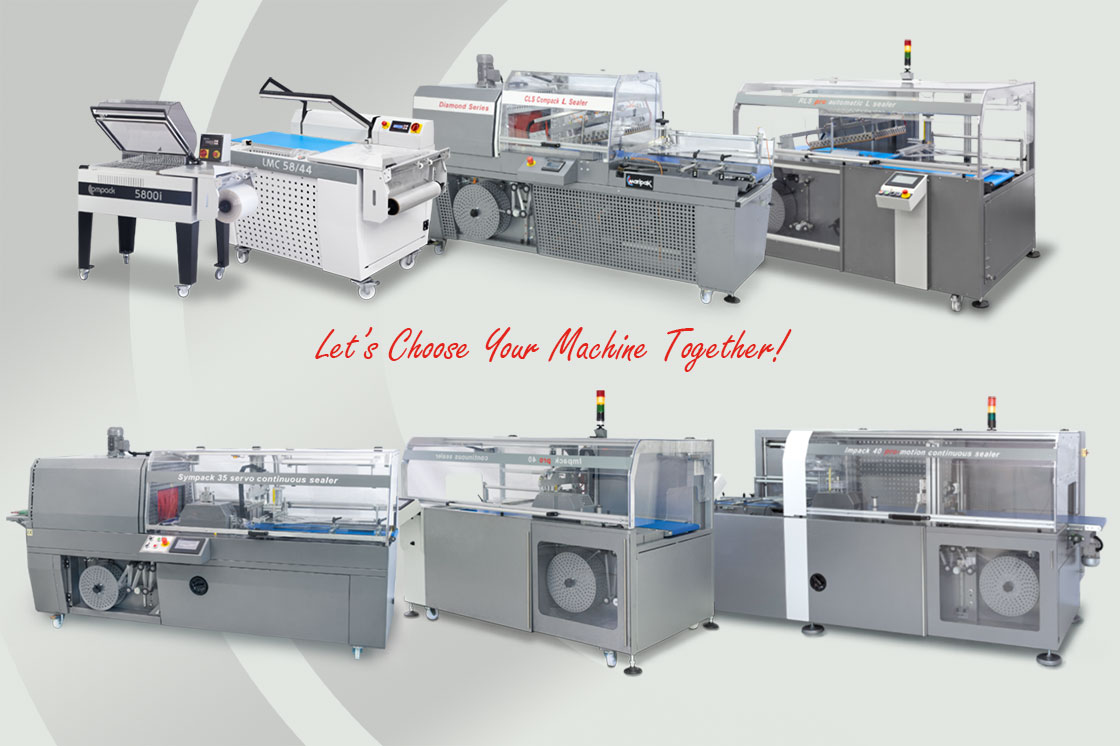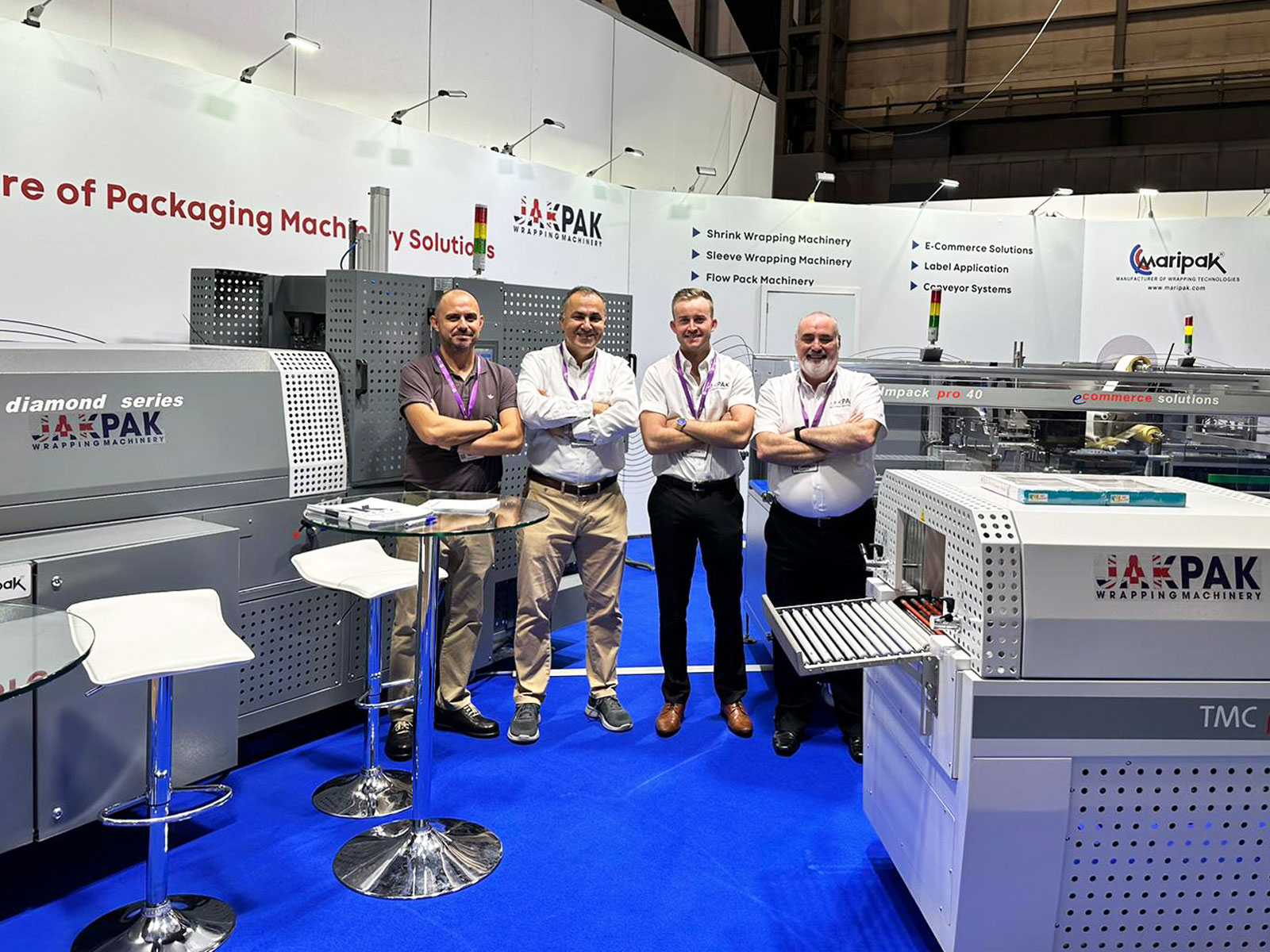
In shrink packaging, if the product will be sealed from all its four sides, the product will be fully closed and thus will be trapping air in it. When the package is heated, as the film will start shrinking, this trapped air will be compressed around the product yet as it will not be able to leak out, this situation will cause the film to swell like a balloon.
If we do not give this air a chance to leak out, this balloon will often explode from a point on the sealed line.
In order not to have such a problem the air should be allowed to escape through the film, and this is achieved by perforating small holes onto the shrink film.
Depending on your choice, these holes can be perforated throughout the production process of the film, or else film rolls can also be perforated after loading them on the machine.
So far everything seems logical and easy to apply. However, there is this fact that balloon-shaped swelling of the film as well as air evacuation from this balloon must be done at a reasonable speed. Neither so fast, nor too slow!
Why is this speed important?
The surfaces of the products are generally cold, can even be damp or wet. If the film gets enough swelling, it will get separated from the surface and will have an independently affected heat. If the film and the product are still in close physical contact, the film will be affected by the cold heat of the product’s surface, and the shrink will not be homogenous and even worse small bubbles may form on the package.
The speed is important because, during the shrinking process, the film which is composed of different layers held together via lamination or co-extrusion tries to return to its original state as soon as it achieves its shrinking speed. This is achieved by a phenomenon that is called elastic memory of the film, and it is essential that the speed required to present this memory is achieved all in a sudden.
If the perforated holes are more massive than required, the air will quickly drain out, and the film will not reach the desired balloon appearance. On the contrary, if they are too small, the hole size will be insufficient, and the air will press out the holes to enlarge them to empty out the trapped air. These enlarged holes will also create a visual problem in the package. Therefore, the number of holes and their diameters should be sufficient to answer the need.



